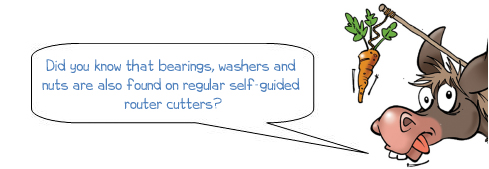What slotting & grooving router cutterparts are available? |
||||
 |
||||
|
Many slotting and grooving cutters have replaceable parts, they usually consist of eight basic parts: |
||||
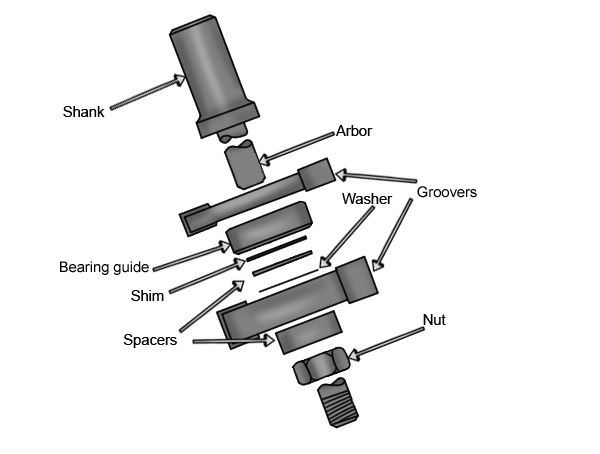 |
||||
Arbors |
||||
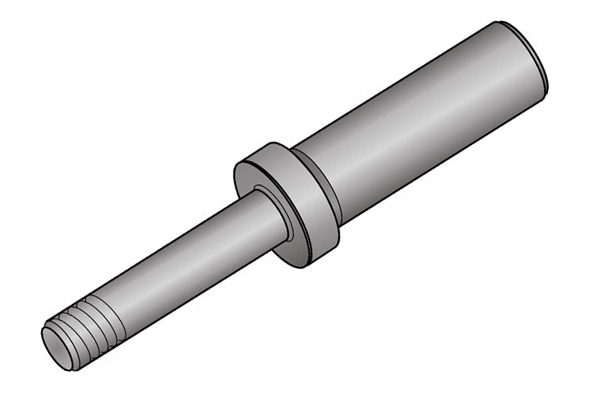 |
Slotting and grooving cutter parts are mounted on a steel bar, known as an arbor. As with a regular router cutter, an arbor has a shank at one end which is designed to fit into the router. However, instead of having flutes ground into the body of the tool, arbors have a threaded section below their shank, known as the spindle, on which the parts such as groovers and ball bearings are placed. |
|||
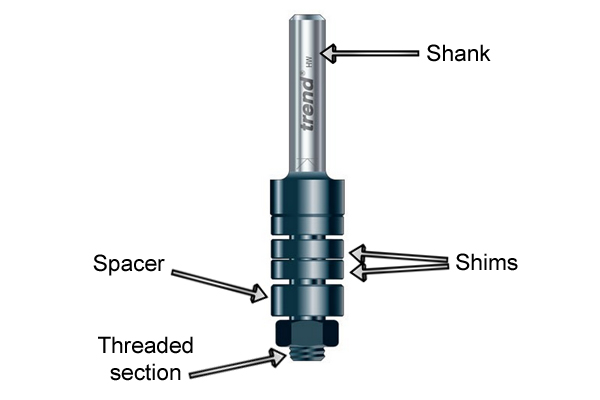 |
Abors are available with ¼" (6.35mm), 8mm (5/16"), 3/8” (9.5mm) or ½" (12.7mm) shank diameters, and are usually supplied with a set of shims and spacers. Arbors can be found in spare parts or there is a selection of arbors found in the Professional TCT range. |
|||
Groovers and profile blocks |
||||
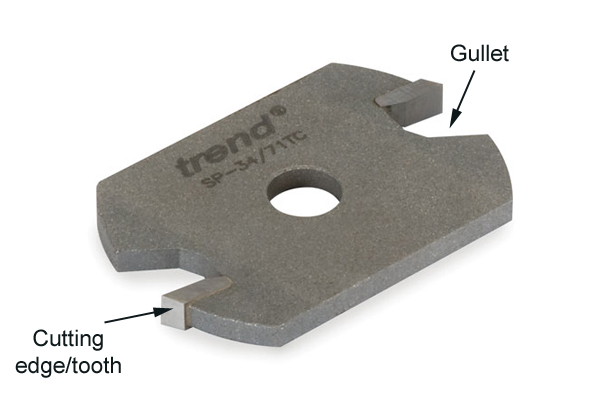 |
GrooversGroovers consist of a steel disc tipped with two or more tungsten carbide cutting edges (or teeth).
Each tooth is ground to an exact width and has precise cutting and clearance angles to ensure that waste material clears quickly and freely. |
|||
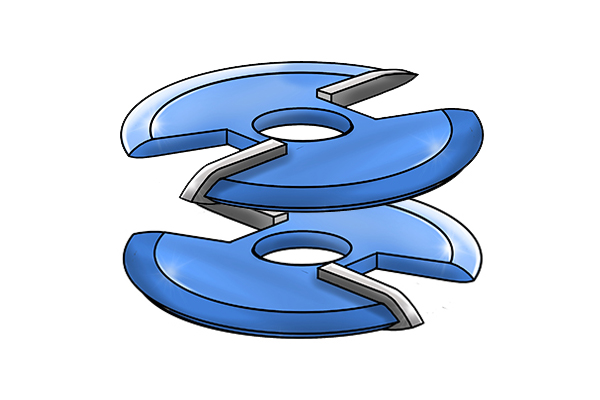 |
Groovers can be used singularly to cut very precise slots or grooves, or stacked to produce customised cutting widths and profiles. |
|||
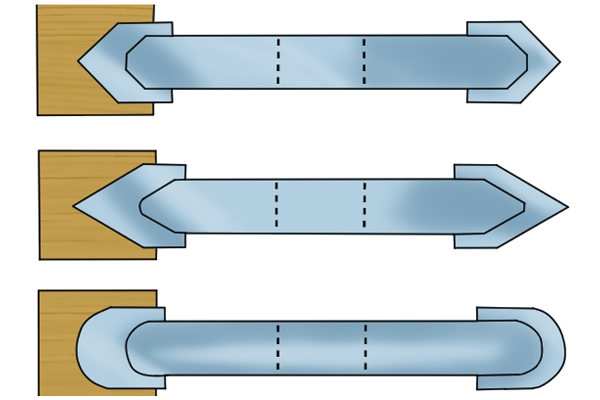 |
They are available are in straight, radius, and angled versions, depending on the shape of groove you want to produce. You'll find a range of slotters and groovers available as spare parts as well as from the Professional TCT range. |
|||
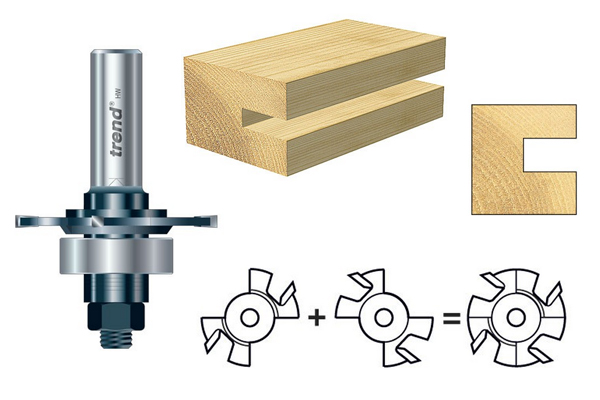 |
Some groovers also come in two halves, which can either be fitted together, or divided by spacers or shims, so that the width of cut can be varied.  |
|||
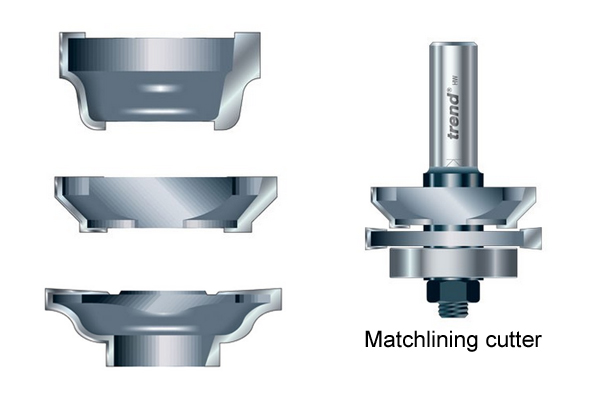 |
Profile blocksProfile blocks are similar to groovers, but are much thicker, and rather than producing grooves, rout larger shaped profiles in material edges. They are usually designed for specific cutters. |
|||
Bearing guides |
||||
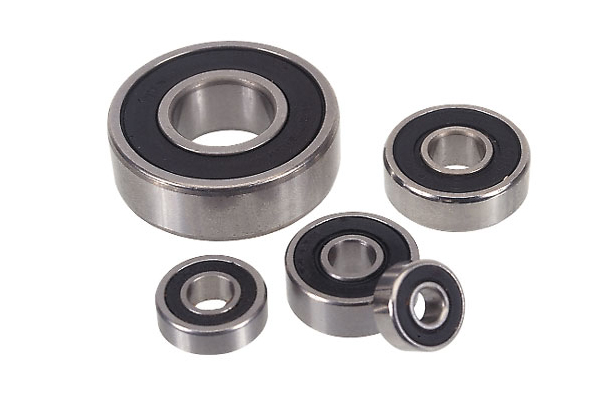 |
Bearing guides are used to set the depth of cut and to guide the cutter against the edge of the workpiece. Changing a bearing for one of a different diameter will change the depth of cut: the smaller the bearing diameter, the deeper the cut, and vice versa. Bearings are typically supplied individually or in packs. You'll also find bearing fixing packs, multi-bearing packs, plastic sleeve bearings, rubber shielded bearings, and Trade range bearings. |
|||
Spacers |
||||
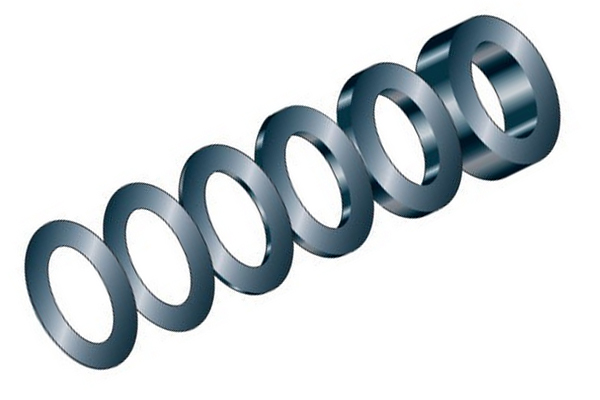 |
Spacers are small discs of metal that put space between the parts mounted on the arbor, allowing you to alter the cut that is produced.
Compared with shims, spacers are thicker, and used to create a larger distance between parts, hence their name. |
|||
Shims |
||||
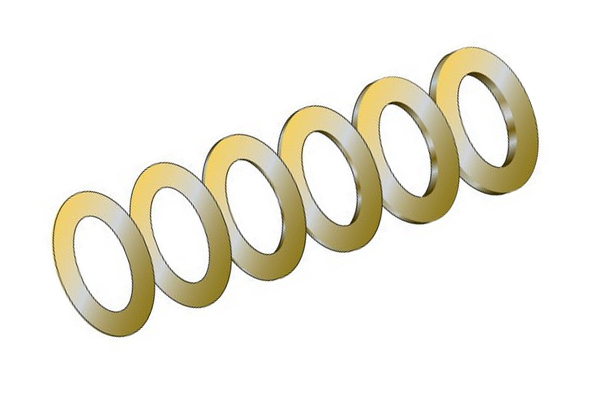 |
Shims tend to be much thinner than spacers and so are used for making finer adjustments to the position of the parts. They are useful for joint-making, where the cuts must be accurate in order for parts to fit together tightly.
Slotting and grooving cutters, as well as just the arbors themselves, are usually supplied with a set of shims. |
|||
Washers |
||||
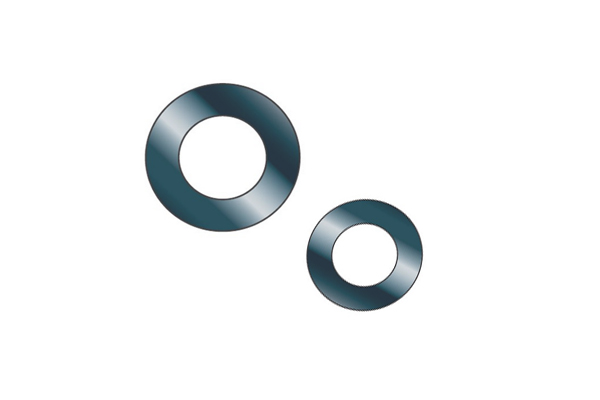 |
Single or multiple washers are also used with slotting and grooving cutters. They are made of plastic or metal and are usually placed in-between a groover or profile block and a guide bearing, however, they can also be found above the nut. |
|||
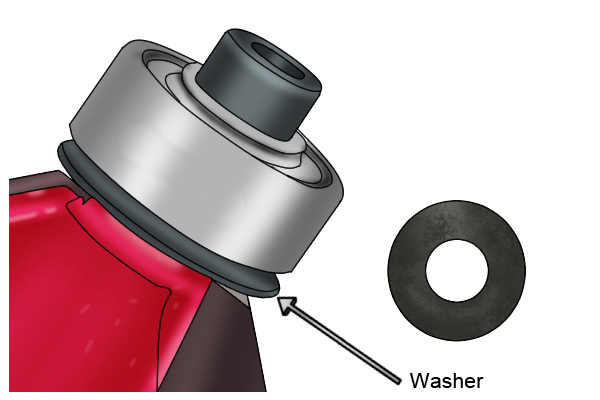 |
When all the parts are in place and tightened, the washer will help to distribute the pressure over the parts evenly, so that they’re not sitting at a crooked angle to one another. This is especially important for the groovers and profile blocks.
Washers also protect the surface of groovers and profile blocks from being marked by bearing guides, and help to keep dust and waste chippings ejected by the cutter away from the guide, ensuring it turns smoothly. |
|||
Nuts |
||||
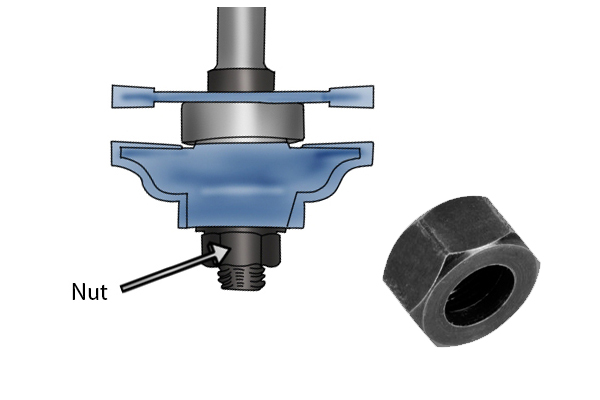 |
For most slotting and grooving cutters, all parts are secured on the threaded section by a nut and washer.
The exceptions are arbors with an M12 thread, as these are designed to be used in conjunction with special groovers that have matching internal threads, allowing them to act as their own nut on the arbor spindle. |
|||
|
|
||||
Tips for assembling slotting & grooving router cutters |
||||
 |
||||
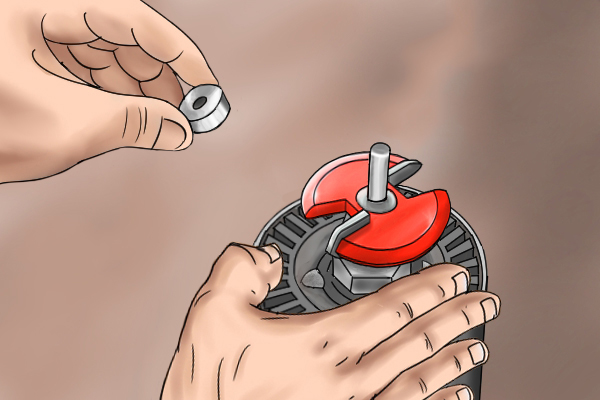 |
The exact parts and order in which you assemble them on the arbor will vary depending on which cutter you are using and what type of cut you want to produce, so individual product instructions should be followed.
However, there are some general tips that should apply when installing all slotting and grooving cutters: |
|||
Arbors |
||||
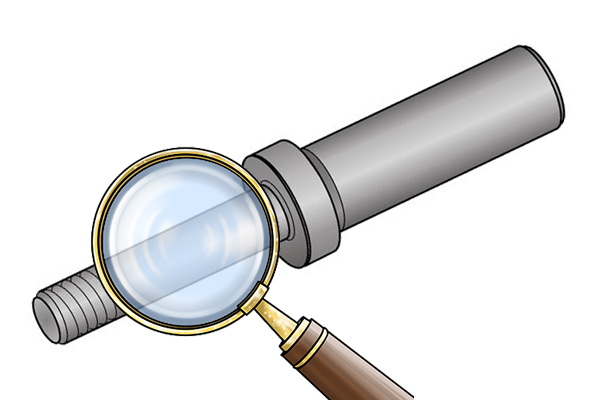 |
|
|||
Groovers and profile blocks |
||||
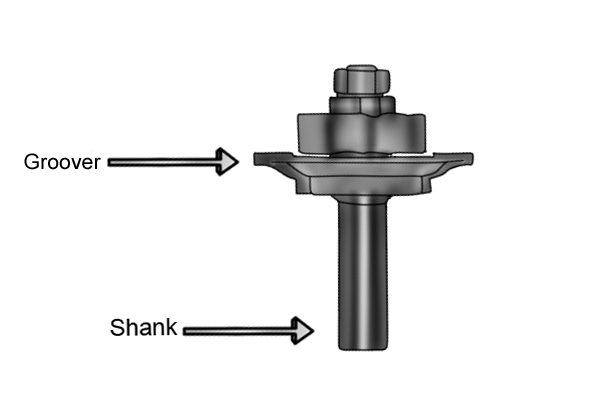 |
|
|||
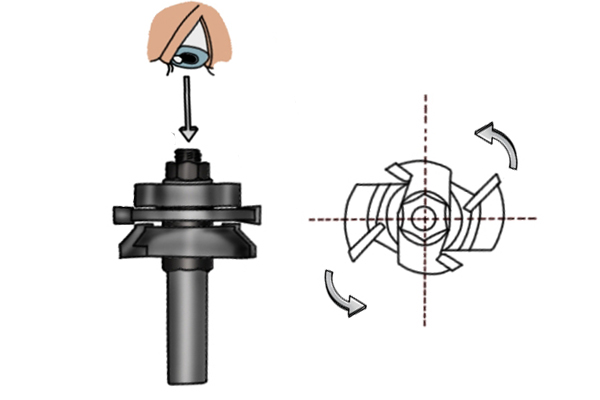 |
|
|||
Bearing guides |
||||
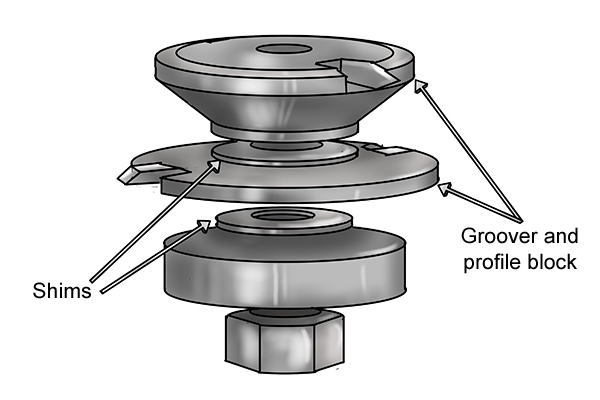 |
|
|||
Lock nuts |
||||
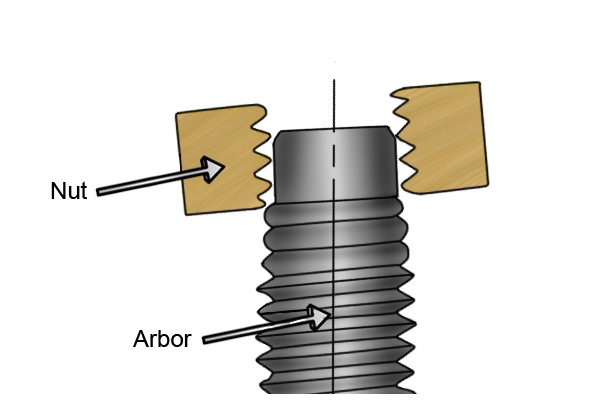 |
|
|||
 |
||||







